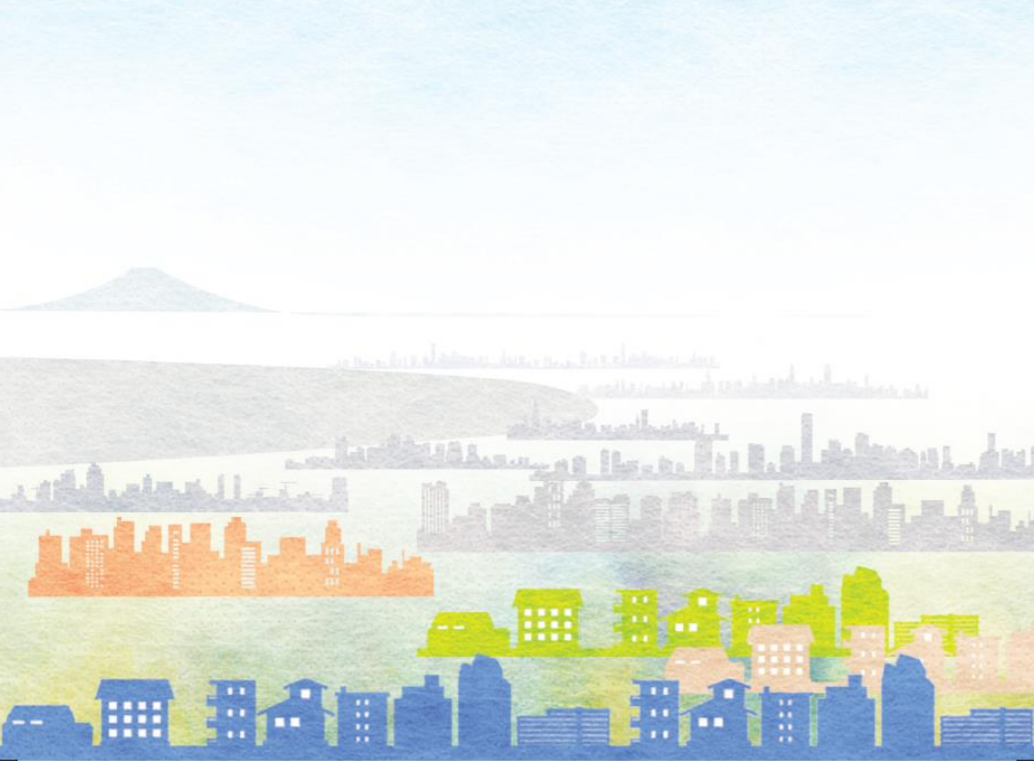Pareto Improvement and Externality
As I wrote in the section “Greetings from the President”, the field of “Policy Studies” comprehensively investigates human activities that can change the existing society and thereby create a “better society”. If people are different, a “better society” is also different for each person. However, I believe that few people would argue against the following idea.
Imagine that one person wears a “red” shirt, and that it is better for her or him to wear a “red” shirt rather than “white”. If other people do not care about the color of the shirt worn by that person, the society in which the person wears the “red” shirt is better than the society in which the person wears the “white” shirt. This idea is based on considering the value judgment known as a “Pareto improvement”, named after an Italian economist called Pareto (1848-1923), to be a good judgment. Here, a Pareto improvement is defined as a social change in which at least one individual is made better off but no individual is made worse off. This improvement is then considered good for the whole society. We think that society after an improvement is a “better society” compared with the society before the improvement.
In other words, this way of thinking is that if nobody is bothered, it is a good thing for the whole society to realize a social state in which everyone pursues their own happiness and thinks it is good for her or him. This idea also leads to liberalism.
However, if the person wants to replace the white-walled building she or he purchased with a red color that she or he prefers to white, what will happen? If there is such a person (e.g. a neighbor) who is bothered and suffers as a result of the building wall becoming red instead of white, this change will not be a Pareto improvement. In this way, when one chooses a form of behavior that affects the interests of other third parties, it is said that “externality” exists. The externality is positive if the effect is positive, but negative if the effect is negative. Then, compared to the society where the white building remains, can we say that the society where the building wall is changed to red is actually a “better society”? Let’s consider next time how we can evaluate this change from the viewpoint of the whole society.
(Author: Akira Yokoyama)
This essay is the English version of No. 1, April 9, 2019 on the Japanese website.
